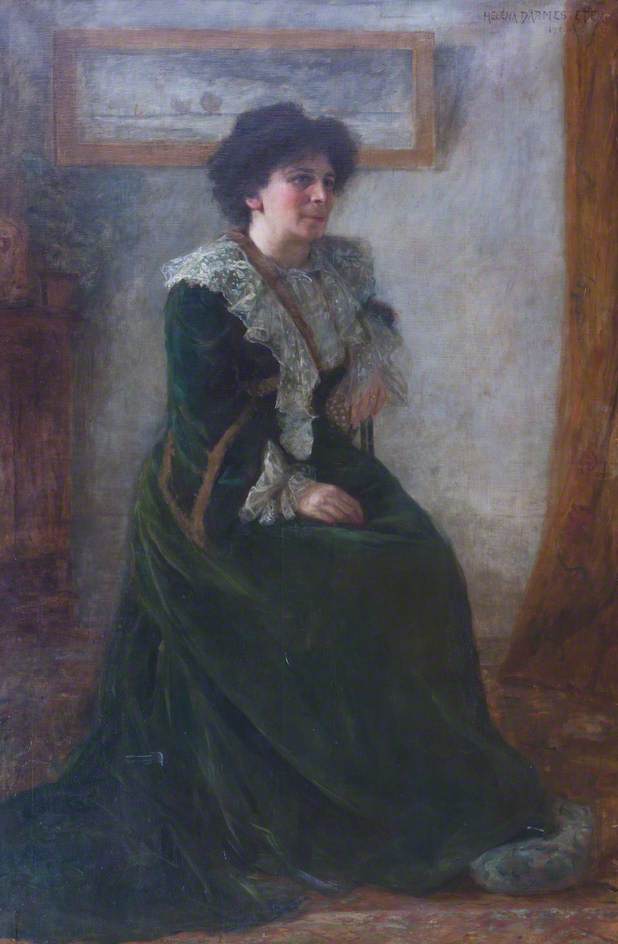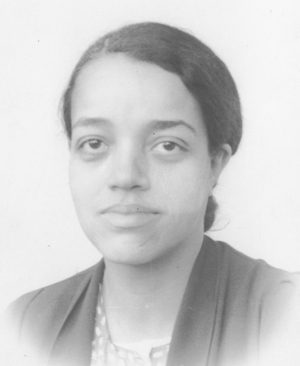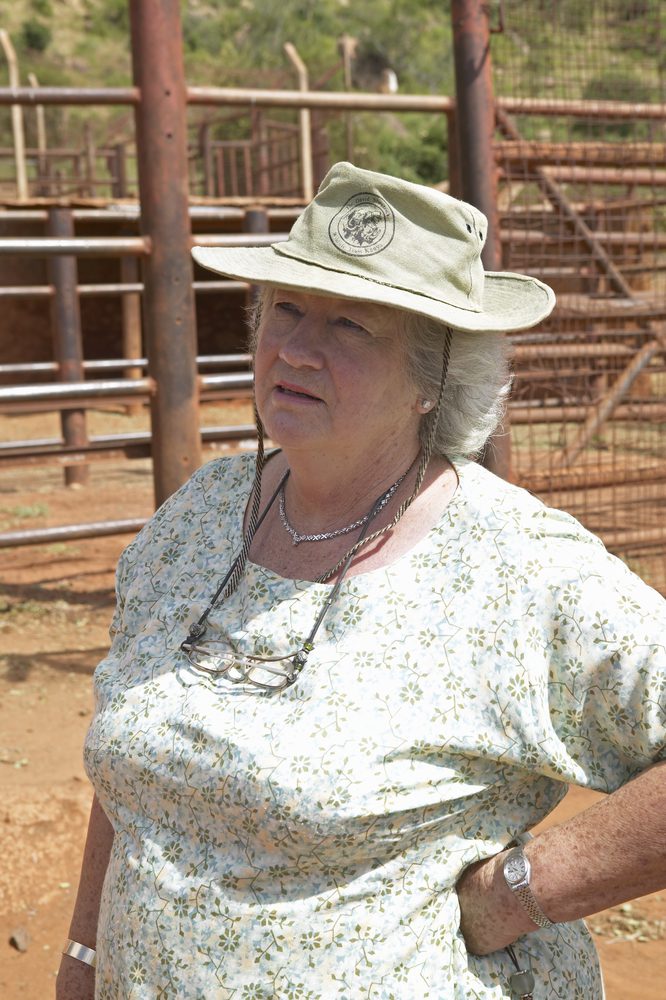Every year, February 11 is the International Day of Women and Girls in Science. This year, we have asked some of our team who their favorite female scientist of all time is and why.
Answer by Laura Simmons, Editor and Staff Writer
Hertha Ayrton (1854-1923) was a mathematician, inventor, suffragist, and someone who didn’t let society’s expectations stand in the way of her scientific ambitions. A woman after my own heart.

Born Phoebe Sarah Marks in 1854, she later restyled herself as “Hertha” after a poem of the same name by Algernon Charles Swinburne. She studied mathematics at Cambridge University, at a time when the institution did not award degrees to women, passing the final exams nonetheless. In further confirmation that we would definitely have been friends if we had ever met, she also led the Choral Society whilst at Girton College.
The then Ms. Marks started working as a math teacher in London but developed an interest in electrical engineering after studying at evening classes taught by celebrated physicist William Ayrton – the man who would soon become her husband.
Like so many other famous science stories (penicillin, anyone?), Ayrton’s first major piece of research came about as a result of an accident, when one of her husband’s papers on electric arcs was mistakenly chucked away. Ayrton took up the baton and became the first woman to read her resulting paper, discussing how modifications to the carbon electrodes could reduce the characteristic hissing of electric arc lamps, to the Institution of Electrical Engineers.

A few years later, Ayrton repeated the feat by becoming the first woman to present a paper on the hydrodynamics of sand ripples at the prestigious Royal Society. She was even awarded the Hughes Medal in 1906 – but, thanks to an antiquated law, as a married woman she was not permitted to become a Fellow.
Subsequent years found Ayrton taking an active role in the women’s suffrage movement, including providing her home as a refuge to suffragettes recovering from being on hunger strike. There was also a well-documented friendship with another icon among female scientists, Marie Curie, and contributions to the war effort during World War I – although her invention, the anti-gas Ayrton Fan, proved ineffective in combat situations, it was later adapted and used to protect miners and sewage workers.
Hertha Ayrton’s story is one that deserves to be remembered, not just for her scientific contributions, but as someone who championed the rights of women in science and beyond.
Answer by Charlie Haigh, Social Media and Marketing Assistant
Growing up fascinated with all things space, it always felt like astronomy was a man’s game. So when I first learned of the amazing women behind some of NASA’s greatest achievements, mathematician and “human computer” Dorothy Vaughan (1910-2008) instantly became one of my favorite women in science.

Joining what was then NACA in 1943 from her role as a high school math teacher, Vaughan worked in the Langley Memorial Aeronautical Laboratory. While new legislation prohibited workplace discrimination, Jim Crow laws still required newly hired people of color to work separately from white employees. Vaughan was assigned a role in the West Area Computing unit with an all-Black team of women referred to as “human computers” because of their ability to complete complex mathematical calculations by hand.
Just six years after joining the company, Vaughan was assigned the role of acting head of the West Area Computing team, becoming the first Black supervisor at NACA, and one of very few female supervisors. Now filling a more senior role in the company, Vaughan used this opportunity to fight for the opportunities of other incredible women in the West Area Computing team.
With the introduction of FORTRAN, a programming language for numeric and scientific computing, Vaughan recognized the impact digital computing could have on herself and the other female human computers as NACA. So, after teaching herself to be proficient in FORTRAN and computer programming, she taught her coworkers too, helping to prepare them for the transition to digital computing.
Dorothy Vaughan retired from NASA in 1971 before passing away in 2008 at age 98. In 2019, she was posthumously awarded the Congressional Gold Medal and had the Moon’s Vaughan crater named in her honor. The legacy of her valuable work is continued through the incredible women and people of color now working at NASA.
Answer by Beccy Corkill, Custom Content Manager
Elephants hold a dear place in my heart. Their extreme intelligence and infamous memories are something that has fascinated me for many years. That is the reason one of my favorite women in science is Dame Daphne Sheldrick (1934-2018) – she was someone who radically changed the elephant and rhinoceros conservation landscape.

Dame Daphne Sheldrick. Image credit: Joseph Sohm/ Shutterstock.com
In 1977, she founded the Sheldrick Wildlife Trust, located in Nairobi, Kenya. She was one of the first people to develop a successful specialized milk formula and rearing method that has helped countless orphaned elephants and rhinos. Before this development, many would perish very quickly. But through her vitally important and pioneering work, Dame Daphne Sheldrick has helped rehabilitate and reintegrate over 230 orphaned elephants back into the wild.

Baby elephants drinking milk at the Sheldrick Wildlife Trust. Image credit: Beccy Corkill/ IFLScience
In fact, you can actually go and visit the trust in Kenya. It is definitely worth the visit if you have the chance, and it is something that I have personally done myself. Seeing the adorable baby elephants running toward the crowd for a large bottle is something that is awe-inspiring but also something that is critically sad as the reason that these elephants are in the facility is laced with tragedy and loss.
Alongside this amazing research and implementation, Dame Daphne Sheldrick was also a proactive animal welfare advocate. Throughout her career, she and her team worked tirelessly to bring attention to the elephant and rhino plight and helped expose the world to the illegal wildlife trade and ivory and rhino horn trade. This work has been influential in pushing stricter regulations and laws that help protect these animals.
For more exciting examples of women in science, check out our Women In Science video.
Source Link: Our Favorite Women In Science: Who We Think You Should Know About